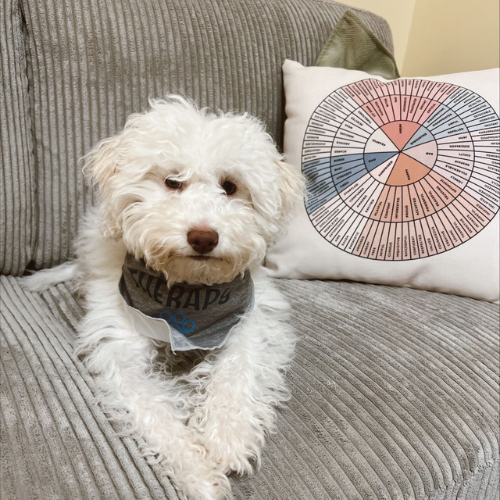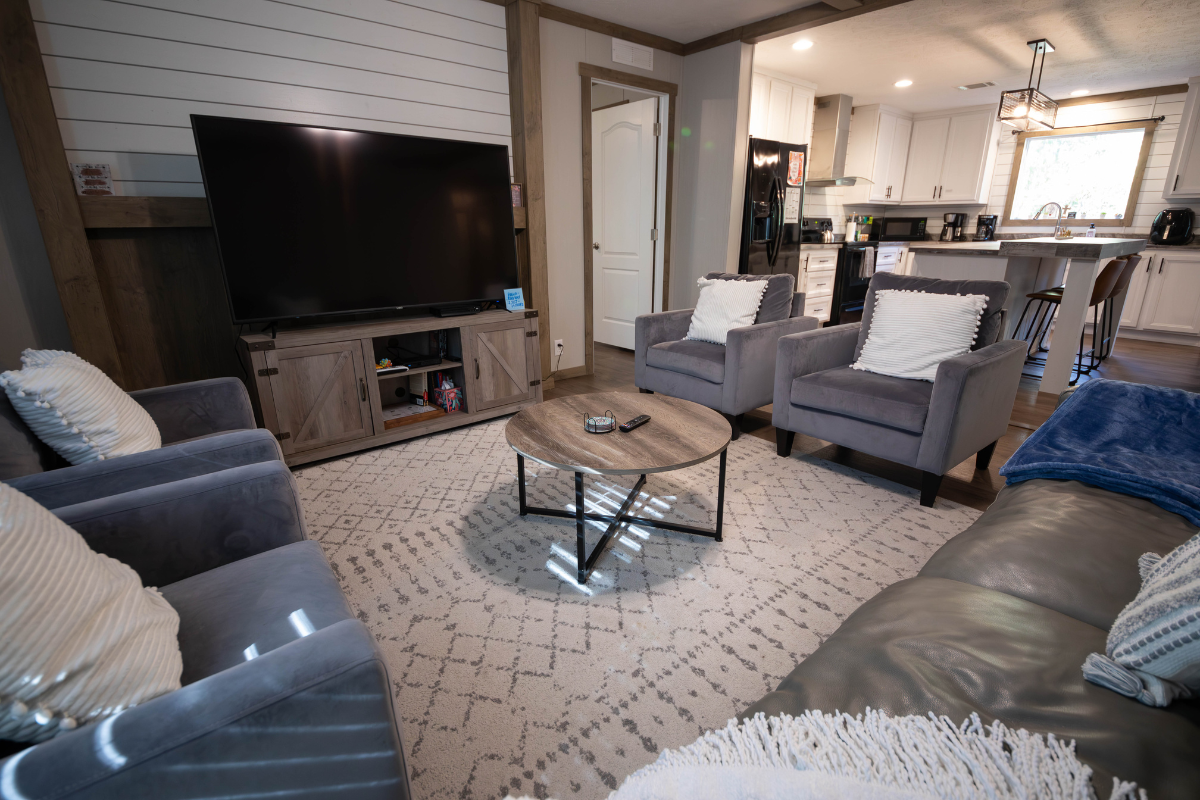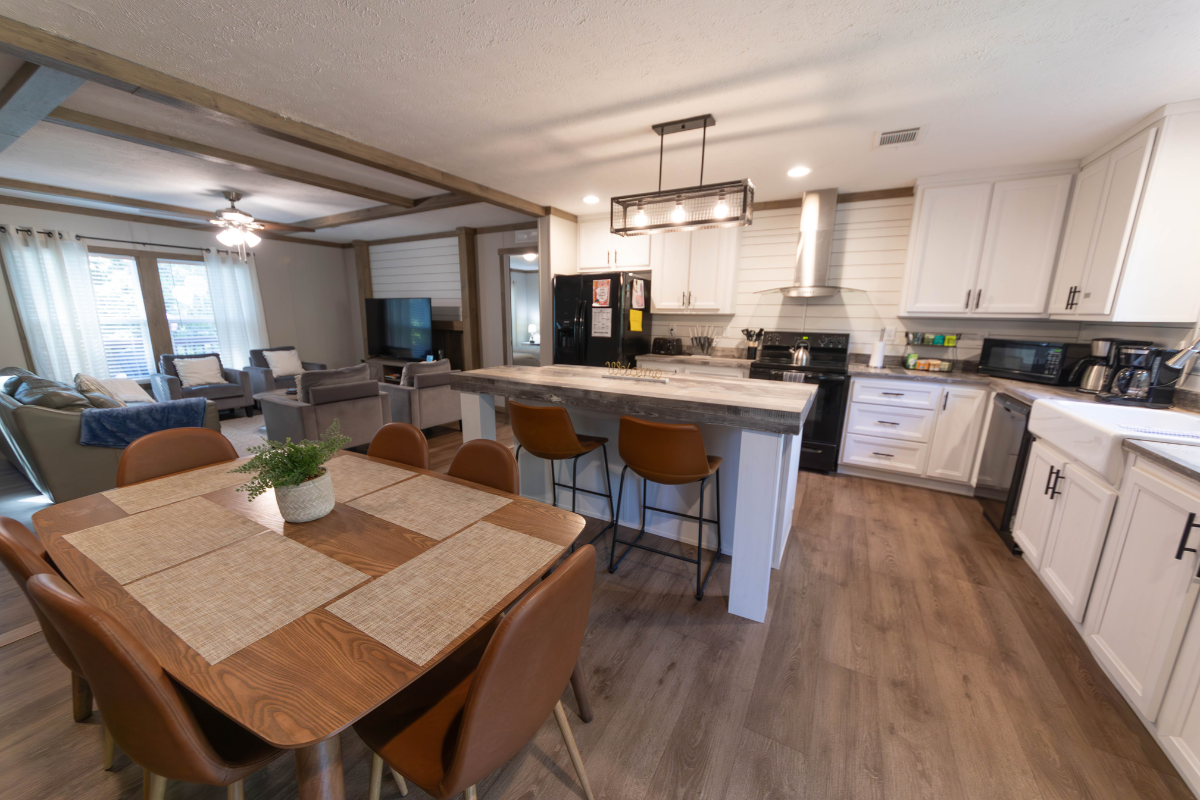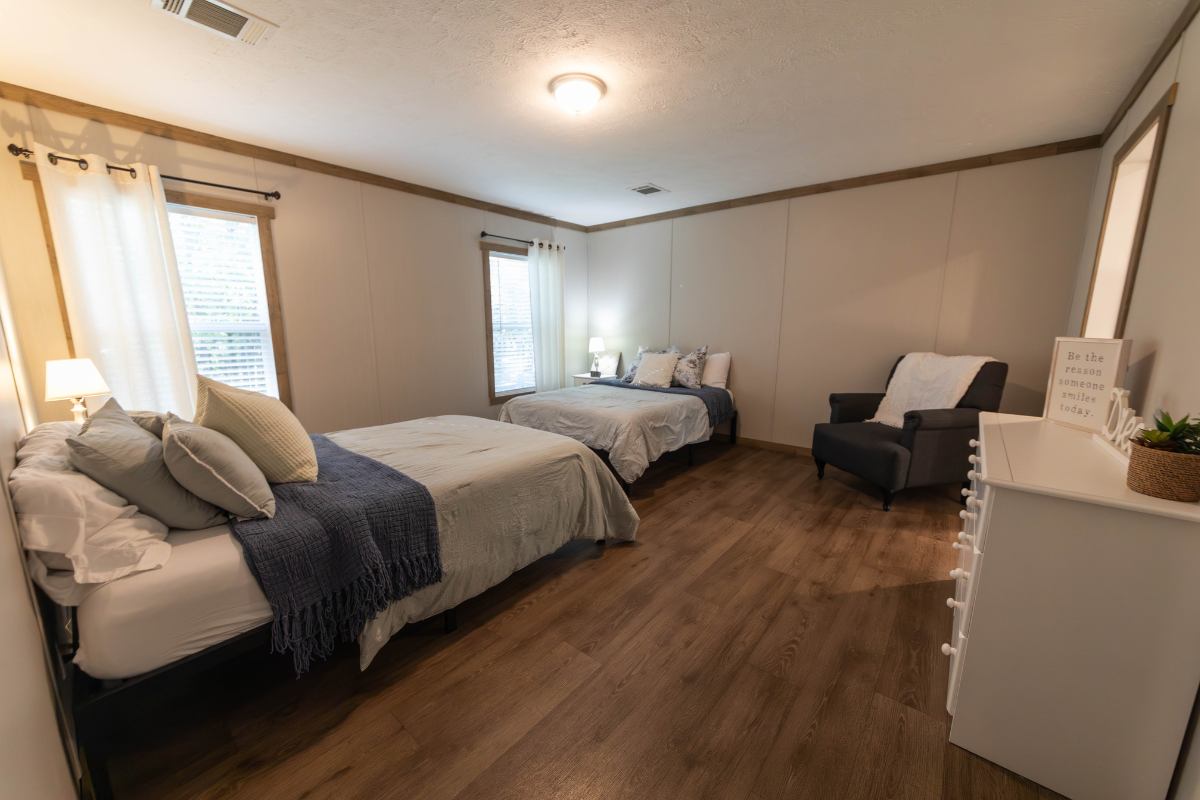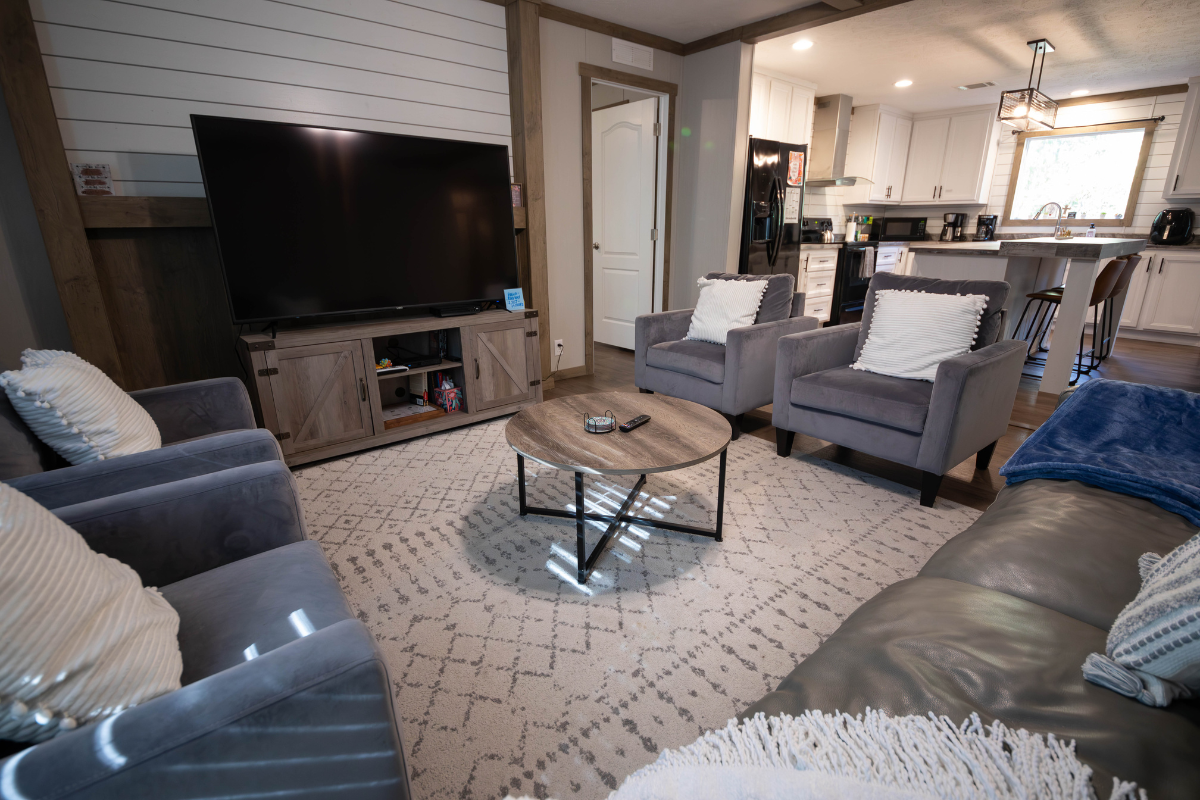When we think of eating disorders and alcohol misuse, we often imagine them as separate struggles. But for some people—especially young adults and college students—these two dangerous behaviors collide in a phenomenon known as drunkorexia.
Though not an official medical diagnosis, drunkorexia is a term used to describe the combination of disordered eating behaviors, like restricting calories or excessive exercising, with binge drinking. It often means skipping meals to “save” calories for alcohol, or purging food to offset drinking. While it may sound like a party culture joke, drunkorexia is serious—and can have devastating physical and mental health consequences.
Defining Drunkorexia
The word drunkorexia combines drunk and anorexia, highlighting the intersection between alcohol misuse and restrictive eating. While not everyone who engages in these behaviors has anorexia nervosa, research shows there’s a significant overlap.
Many people with eating disorders will restrict their food intake all day or work out excessively so they can binge drink in the evening without “breaking” their diet. Some may also purge by vomiting after drinking or use laxatives to get rid of calories consumed during a night out.
Unfortunately, drunkorexia — or severe calorie restriction combined with excessive drinking — is especially common in college settings, where the pressure to stay thin often clashes with social drinking culture. Studies suggest drunkorexia behaviors are most prevalent among young women, but anyone, regardless of gender, can fall into these dangerous patterns.
Why People Restrict Calories So They Can Binge Drink
The motivations behind drunkorexia are complex and rooted in diet culture, social pressures, and sometimes, deeper mental health struggles. Some common reasons include:
Weight concerns
Many people fear the “empty calories” in alcohol will lead to weight gain. So, they restrict food to balance it out.
Faster intoxication
Drinking on an empty stomach causes alcohol to hit the bloodstream faster, leading to quicker and stronger intoxication. Some see this as a way to get drunk faster or spend less money.
Social pressures
In college or social settings where binge drinking is normalized, people may feel pressure to drink heavily while maintaining the “ideal” body weight and size.
Underlying disorders
Research shows drunkorexia can be tied to deeper issues like body dysmorphia, anorexia nervosa, or alcohol use disorder (AUD).
The Hidden Dangers of Drunkorexia
On the surface, drunkorexia may look like a “party trick” or diet hack. But the reality is far more dangerous. Combining heavy drinking with extreme calorie restriction or purging can have serious effects on both physical and mental health.
1. Increased risk of alcohol poisoning: Drinking on an empty stomach leads to faster absorption of alcohol, raising the risk of blackouts, alcohol poisoning, and overdose.
2. Greater risk of injury and assault: Studies show people who engage in drunkorexia behaviors are more likely to experience falls, injuries, risky sexual behaviors, or assault.
3. Nutritional deficiencies: Chronic restriction deprives the body of essential nutrients, harming the brain, heart, and other organs.
5. Mental health impact: Drunkorexia is linked with higher rates of depression, anxiety, and eating disorders like anorexia nervosa and bulimia nervosa.
4. Higher chance of alcohol use disorder: Regular drunkorexia behaviors may mask a deeper struggle with binge drinking or alcohol dependence.
The Science Behind Drunkorexia Behaviors
Researchers have found clear ties between eating disorders and alcohol misuse. For example, studies published in the International Journal of Eating Disorders show that people with anorexia nervosa or bulimia nervosa are at significantly higher risk for developing alcohol use disorder (AUD).
This is partly due to shared risk factors like impulsivity, perfectionism, and poor emotion regulation. The combination can create a dangerous cycle—restrict, binge drink, purge, repeat—fueled by stress, shame, and mental health struggles.
Why We Need to Talk About It
Drunkorexia often hides in plain sight, masked by college drinking culture and “normal” diet talk. But trivializing these behaviors as just “skipping dinner to party” ignores the very real harm they cause. Like other eating disorders and substance use issues, drunkorexia thrives in secrecy and stigma. Talking openly about it helps people recognize the signs in themselves or loved ones—and breaks the myth that skipping meals to binge drink is harmless or normal.
What Recovery Looks Like
If you or someone you know struggles with severe calorie restriction and binge drinking, help is available. Because drunkorexia involves both disordered eating and risky drinking, treatment often requires a specialized, integrated approach.
Therapy: Evidence-based therapies like Cognitive Behavioral Therapy (CBT) and Dialectical Behavior Therapy (DBT) can help people address harmful thoughts about weight, alcohol, and self-worth.
Medical support: Nutritional counseling and medical monitoring may be necessary to address malnutrition and physical health risks.
Substance use treatment: For those with alcohol use disorder, treatment plans may include detox, support groups, and relapse prevention strategies.
Support networks: Peer groups, campus counseling centers, and supportive friends and family can make a huge difference.
Most importantly, recovery is possible. Many people who struggle with drunkorexia go on to heal their relationship with food, their bodies, and alcohol—reclaiming a healthier, more balanced life.
Final Thoughts
Drunkorexia may not be an official diagnosis, but its impact is real. By shedding light on this dangerous behavior, we can encourage more honest conversations and promote compassionate, science-backed treatment. If you’re worried about your own behaviors or someone else’s, reach out. You don’t have to face this alone.
Magnolia Creek is dually licensed to treat eating disorders and a multitude of co-occurring disorders. We tailor our treatment plans to individual needs and goals while empowering every client in our care to embrace recovery with resilience and independence.
Sources
Barry, A. E., et al. Drunkorexia: Caloric restriction and alcohol misuse. J. Am. Coll. Health, 60(5).
Root, T. L., et al. Patterns of eating disorders and substance use. Int. J. Eat. Disord., 43(6).
Gadalla, T., & Piran, N. Co-occurrence of eating disorders and alcohol use disorders. Can. J. Public Health, 98(6).
Krahn, D. D., et al. Psychiatric comorbidity of anorexia nervosa and bulimia nervosa. Am. J. Psychiatry, 159(12).
Eisenberg, D., et al. Prevalence and correlates of drunkorexia. Addict. Behav., 36(12).





